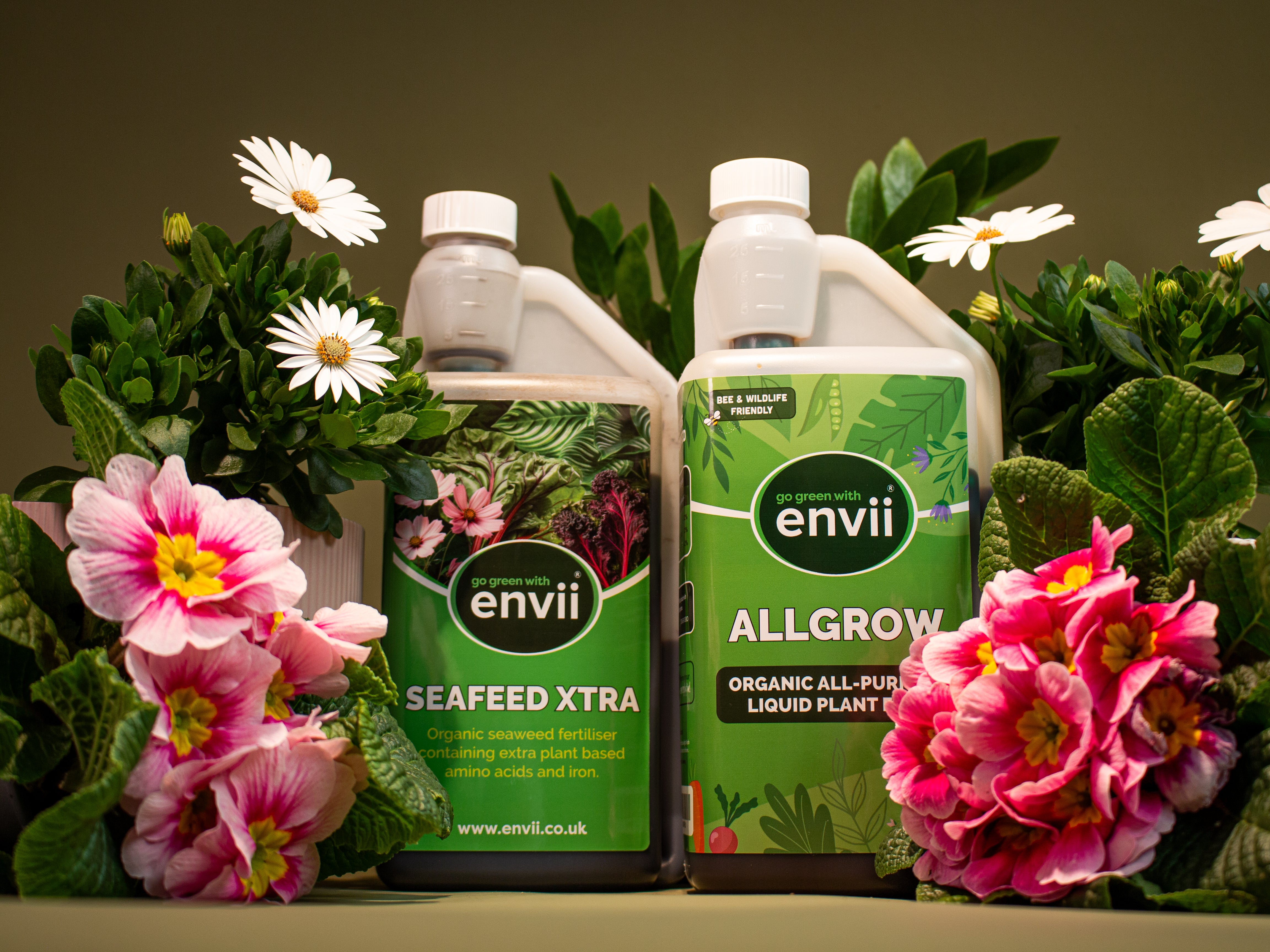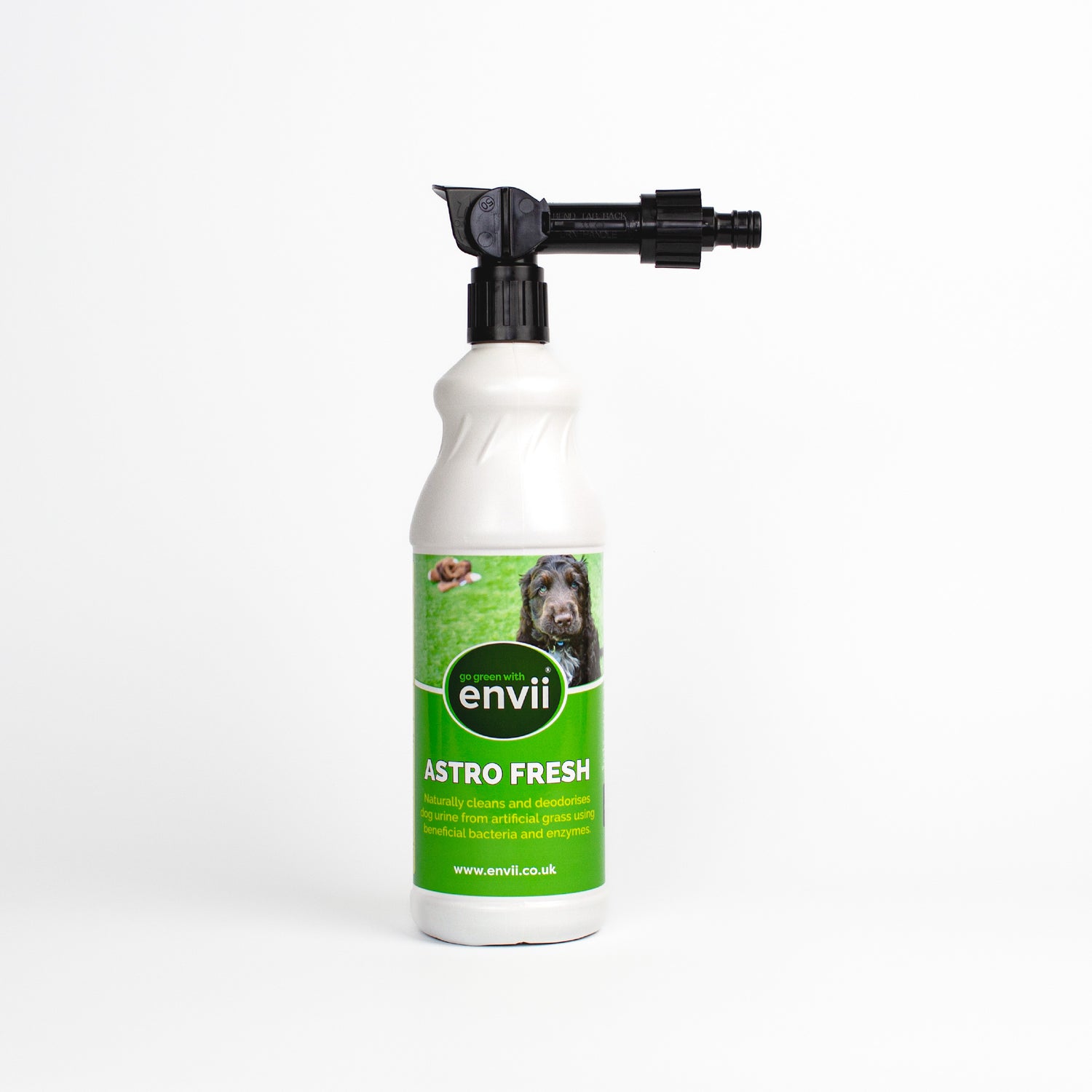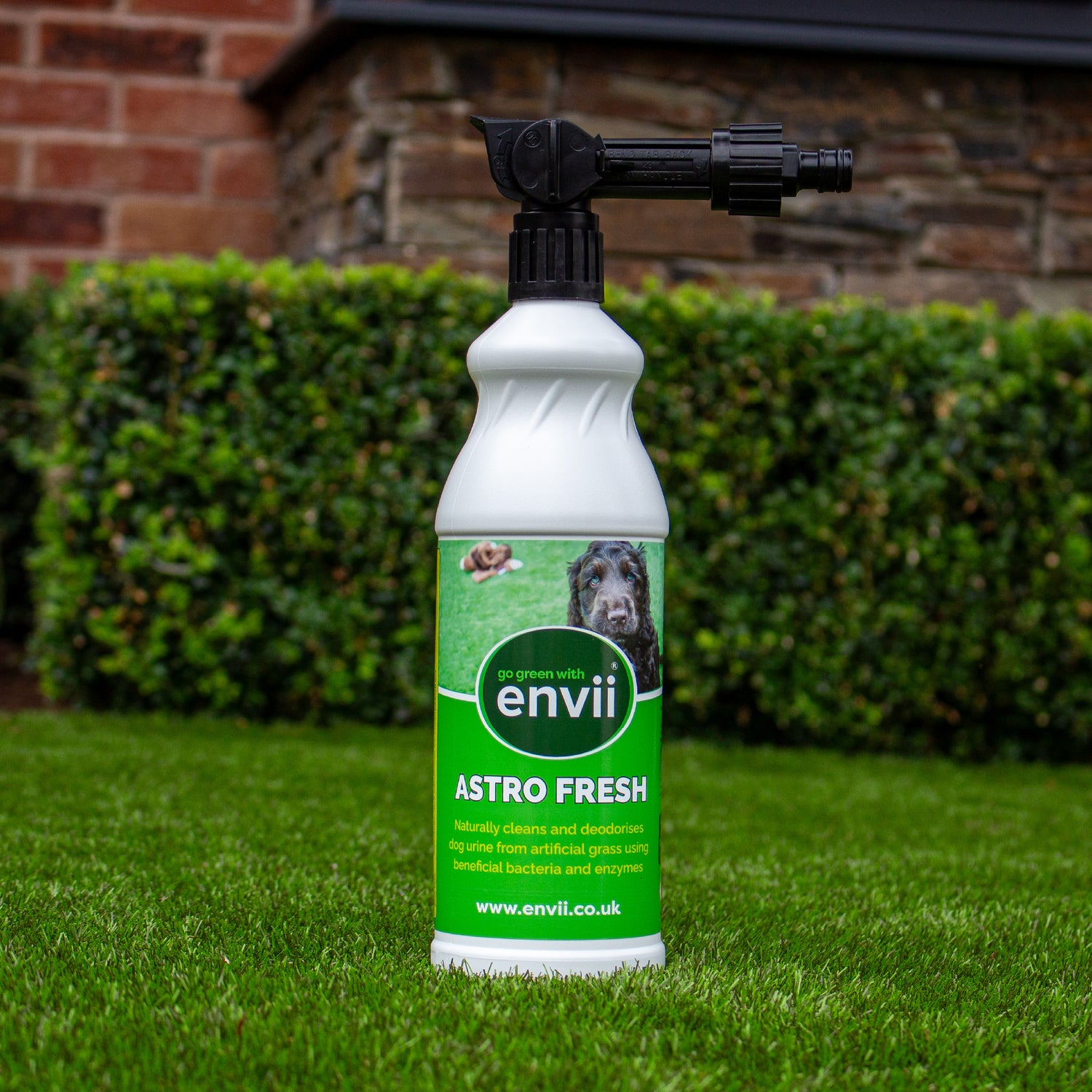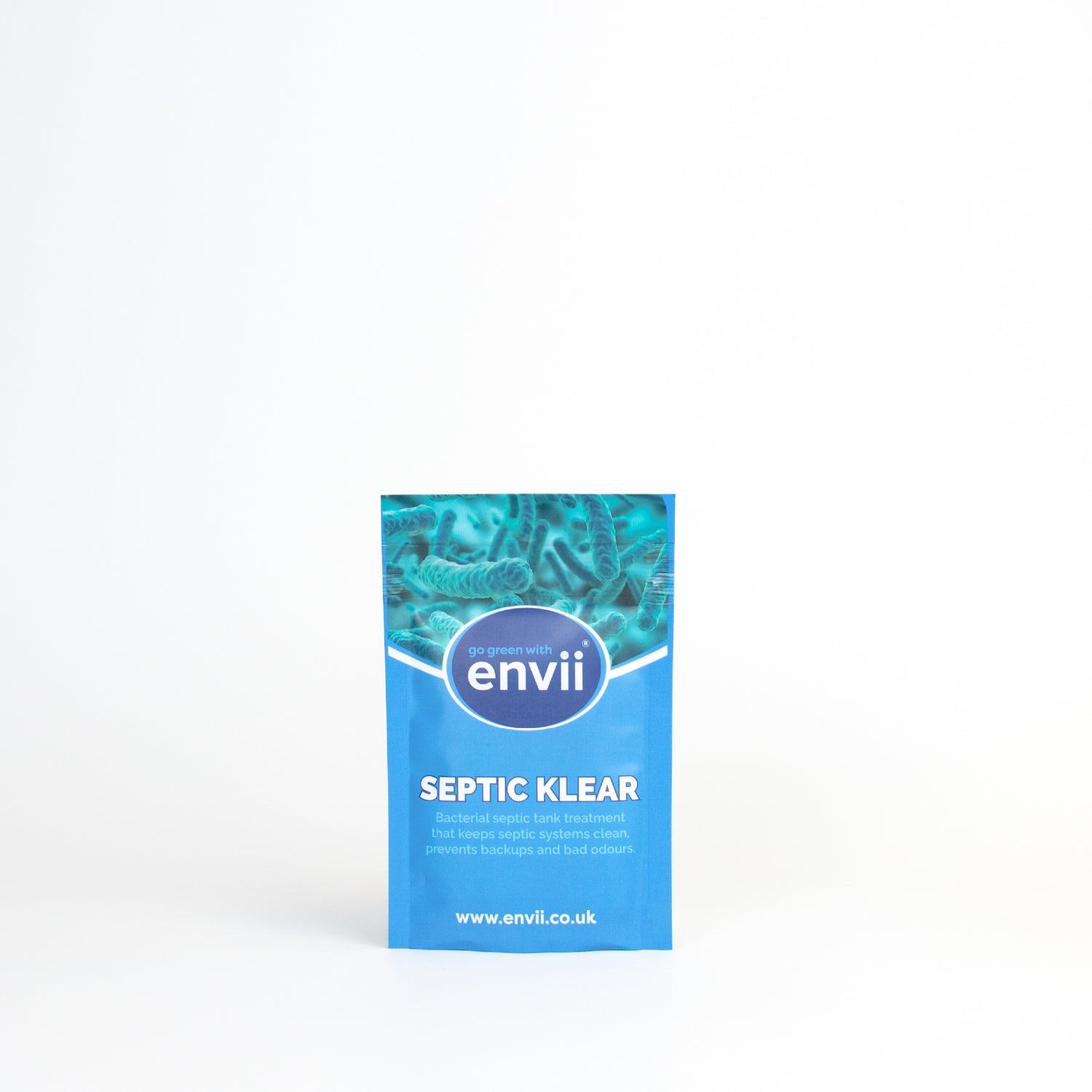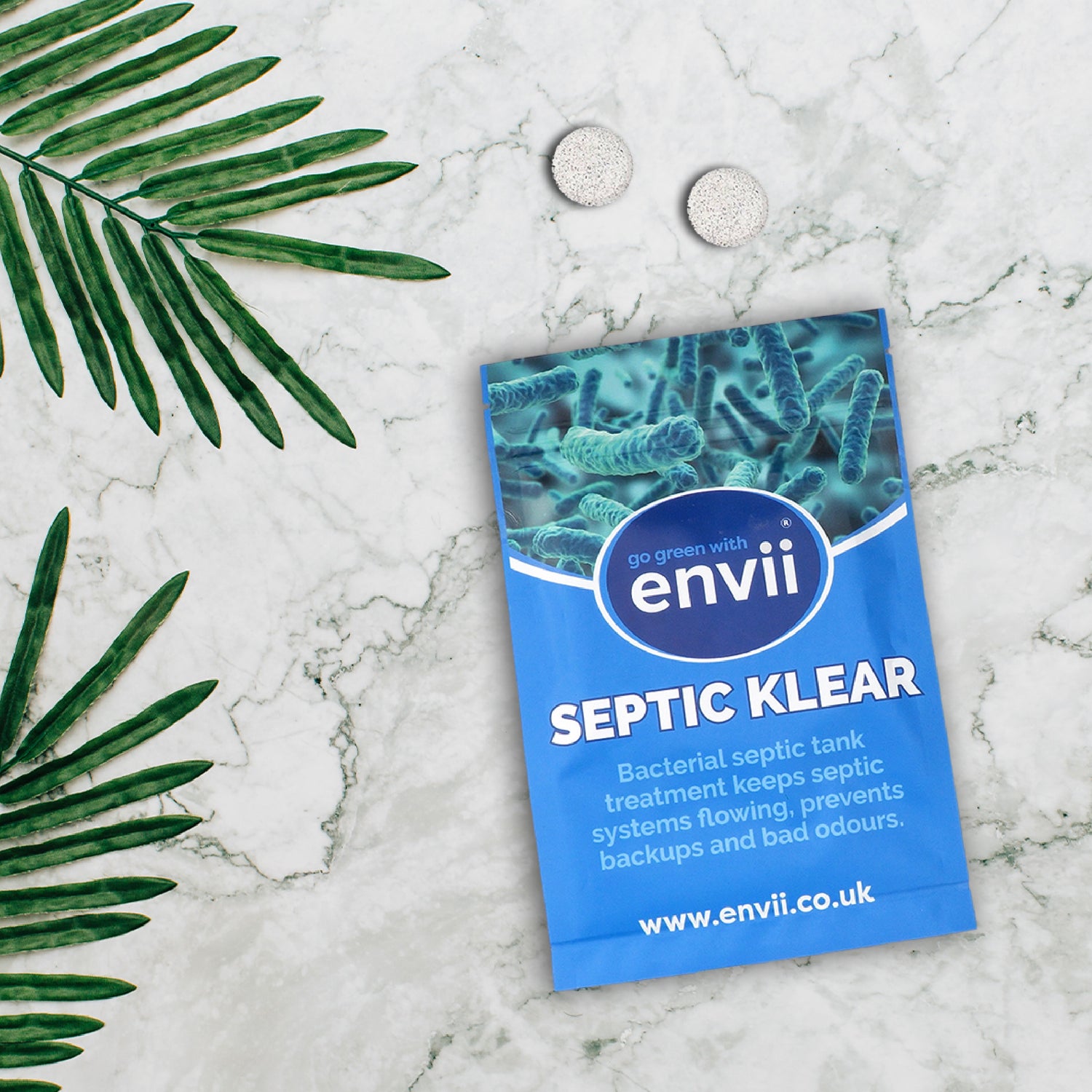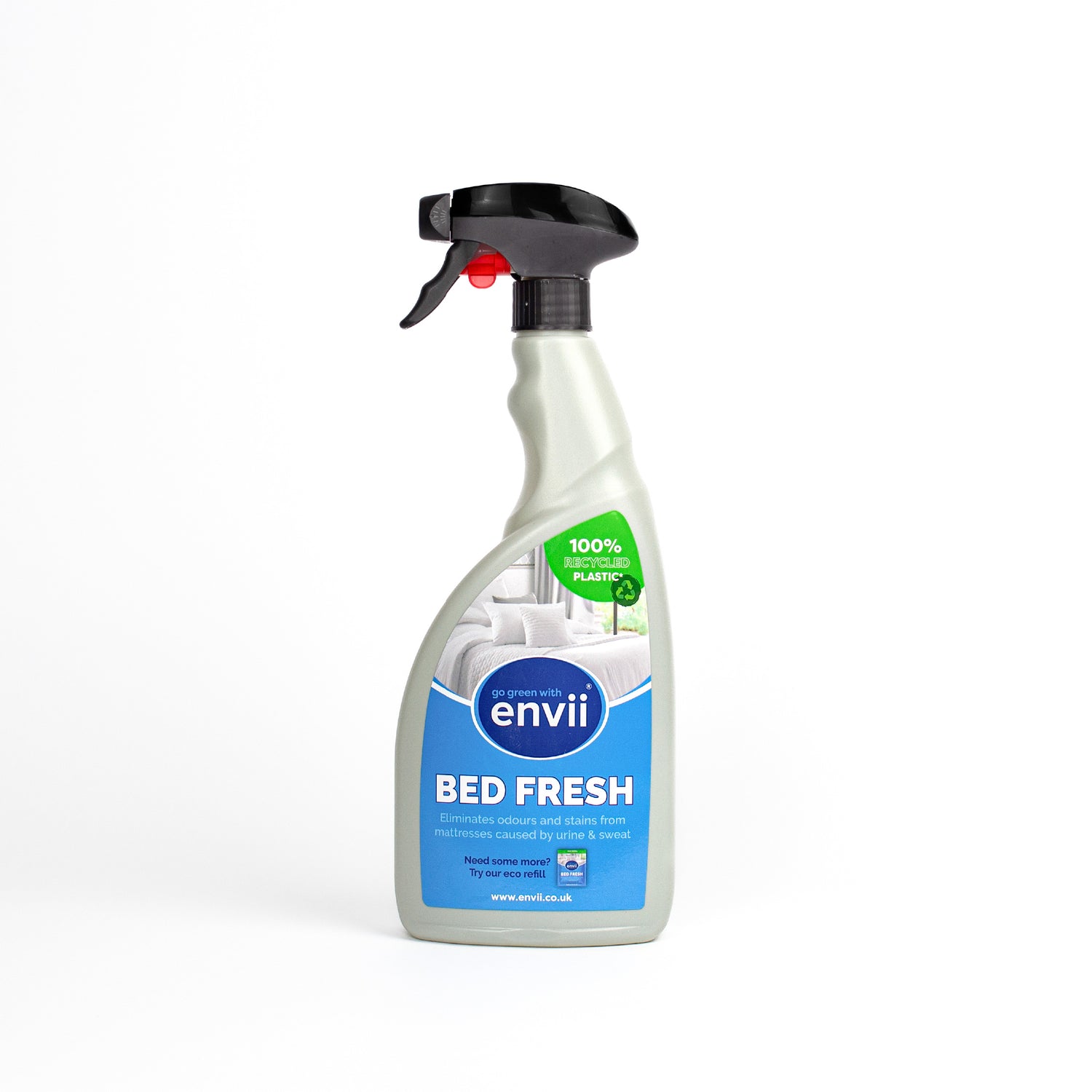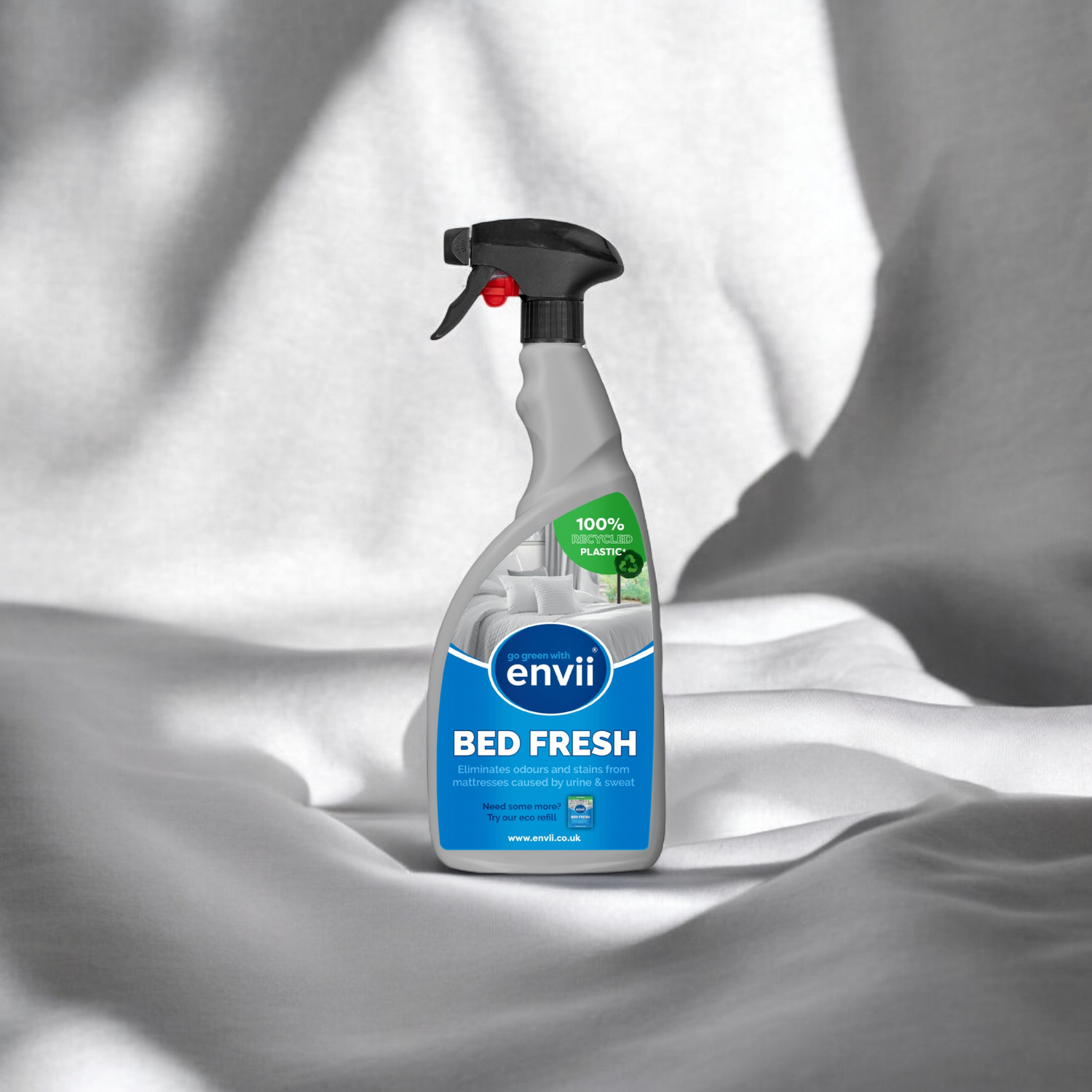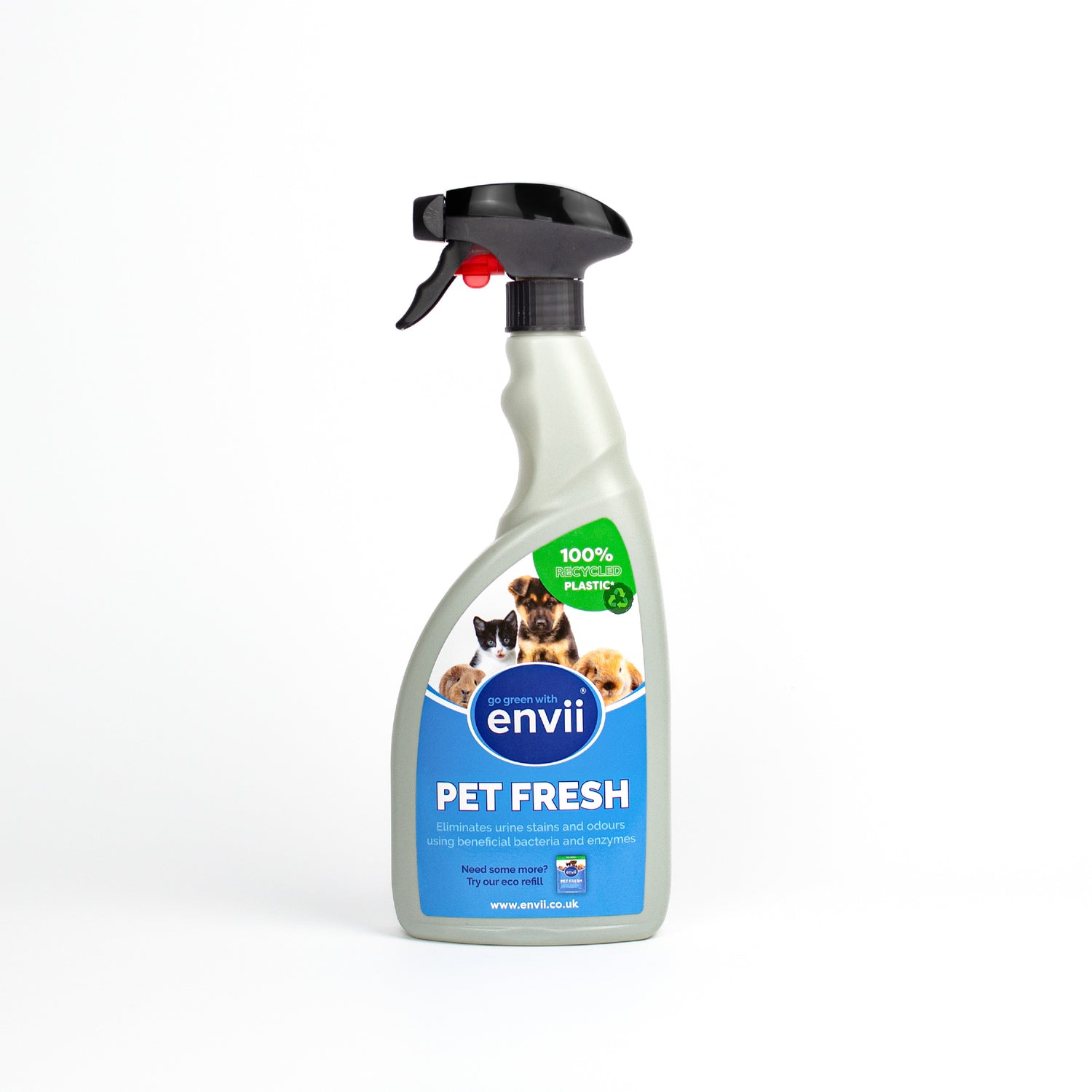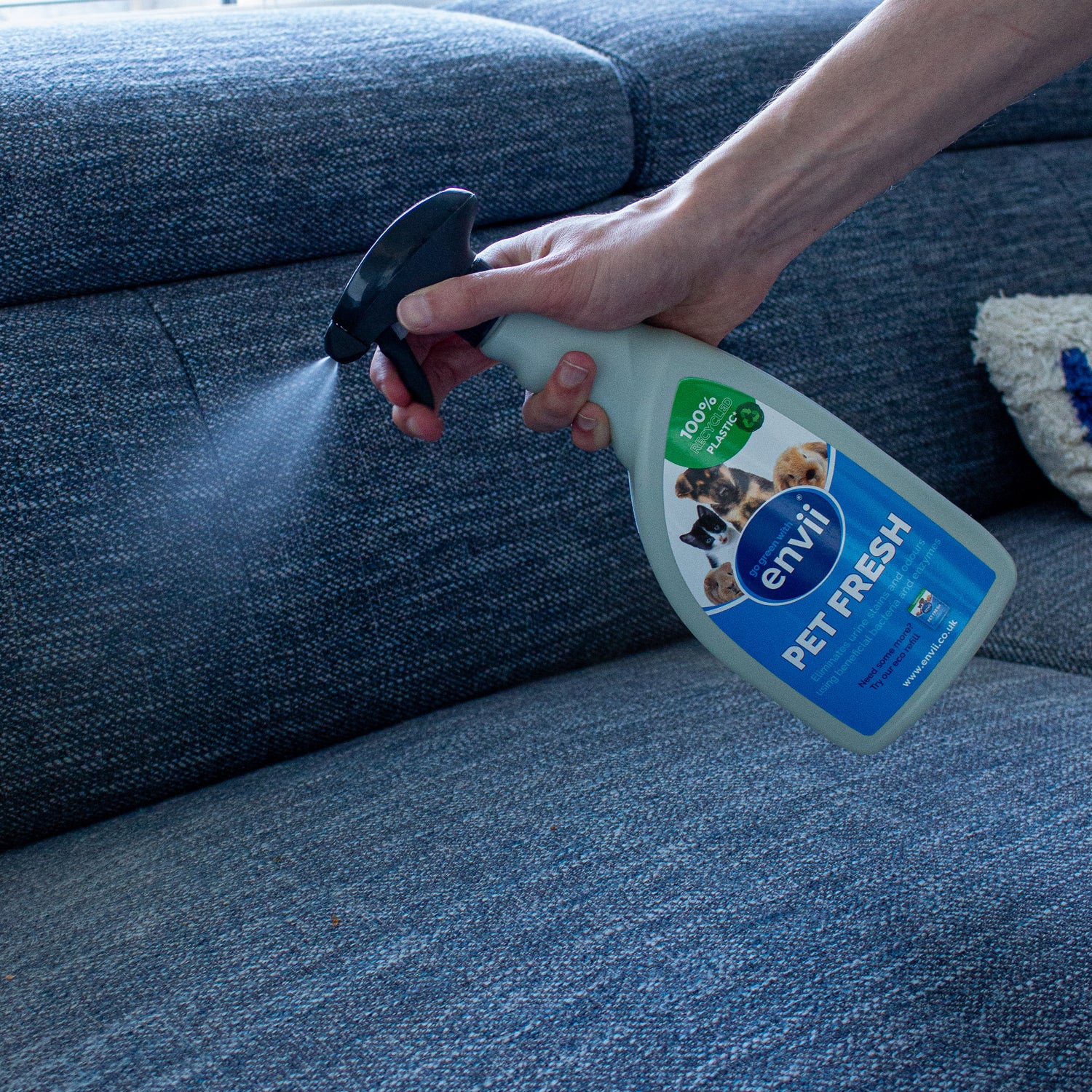Septic tanks are a great alternative to mains plumbing, but they sometimes need a little helping hand to stay in the best working order. This is particularly true over the cold winter months. To understand why winter is tough on septic tanks and cesspits we need to delve into how they work.
Septic tanks contain really useful bacteria
A septic tank does more than just store sewage from your toilet and wait to be emptied. A septic tank contains millions of microscopic bacteria. This works to physically digest the waste just leaving water and carbon dioxide. Undigested waste settles to the bottom of the tank as a thick sludge waiting to be digested. If there are too few bacteria or not active enough, the sludge can build up. This sludge is one of the main causes of bad smells that can carry back into the house.
What effect does winter have on septic tanks?
The bacteria which live in a septic tank are incredibly sensitive to temperature. Most of the indigenous bacteria tend to work at 10-12°C. At temperatures below this, they start to slow or even stop completely. If the bacteria are dormant the waste is not digested, and sludge will build up.
The issues that your septic tank may suffer over the winter are further compounded by our festive habits. Over the Christmas period, we are likely to host a family gathering which can put extra strain on a septic tank. We also prepare/eat a larger percentage of fatty foods at this time. These fats easily solidify in colder conditions causing harmful blockages.
Simple things you can do.
Ensure you have bacteria that work in low temperatures – bacteria digest organic waste and convert it to CO² and water. It keeps a septic tank ‘fluid’ and prevents it from going anaerobic where smells develop, and noxious gases are emitted.
Use cleaning products that are biological – new cleaners have to be biodegradable, but this doesn’t mean they aren’t harmful to bacterial colonies.
Avoid acids and bleaches/sanitisers – acids in toilet cleaners breakdown limescale but damage pH levels in the septic tank/cesspit. Bleaches kill bacteria and surface sanitisers are applied by trigger spray and cloth – but the cloth is washed out down the sink…..in to the septic tank. Even washing up liquid now boasts of anti-bacterial activities!
Empty your septic tank before cold weather – start with an empty tank BUT MAKE SURE YOU SEED THE EMPTY TANK WITH TASK SPECIFIC BACTERIA. You are introducing task-specific bacteria that start working and can dominate the tank from the beginning. Do a double or triple dose to get high bacterial colonies.
Keep a regular dose of bacteria monthly – keeps bacterial levels topped up and creates competition with indigenous bacteria – run faster when someone competing with you, same for bacteria – competition for food sources improves performance.
Choose the right bacteria. The most important question is the operating temperature of the bacteria you are buying. If the temperature drops below 10-12°C then your bacteria will slow down at best and more commonly stop working. Therefore, adding bacteria that are active at low temperatures is vital.
How does bacteria work in a septic tank?
There is a lot of confusion between enzymes and bacteria. Enzymes act like a knife and fork to break down solids; therefore, they are ideal as a drain unblocker.
Bacteria generate their own enzymes which breakdown solids into a format that the bacteria can then access for food. They use this food to replicate/grow logarithmically i.e. 1 becomes 2, 2 becomes 4, etc. Through this growth process they convert the waste back to CO² and water, therefore they liquefy solids keeping septic tank systems flowing well, and reduce the heavy build-up of solids which create blockages and smells.
A simple equation of the more bacteria you have and the faster they replicate/grow the more waste they digest and the more efficient your septic system is.
2 types of bacteria –
Indigenous – strains of bacteria already resident in the organic waste – you get what you get, you have no control.
Task-Specific – strains that have been sampled, isolated, and tested for their activity against specific waste streams. Essentially the fittest most active strains are selected for the specific task or waste stream.
What’s the difference?
Indigenous are the cheapest! They come free with your waste!
However, it is a game of luck in terms of the how active and efficient they are. They could be plentiful and fast workers. However, at the same time, could be very slow replicators or not very efficient and lack competition from other strains. This can lead to a build-up of the solids and odours and blockages.
Task specific bacteria provided in products like Envii Septic Klear have been sampled from many different environments and isolated. Tested for their activity and ability to breakdown waste streams, but also to work in different environments. By adding these strains, you guarantee that you are adding strains that have proven activity against the waste steams being added to your septic tank daily. This, guarantees your septic tank stays healthy!
What does it cost to add these bacteria?
Far less than pumping out your septic tank due to a build-up of solids and odours is the short answer.
Envii Septic Klear delivers 75 BILLION fast acting bacteria per tablet and this costs £19.99 per year, £1.66 a month or less than 5p a day!
Pumping out a septic tank can cost between £150 -400 depending on where you are in the country.
Share
